 Deployment of Staff
Deployment of Staff
Aim: Deploy healthcare workers in a manner that is most optimal to care delivery.
Task Force Recommendations Address:
-
-
- Promote areas of consensus
- Outcome-focused data
- Value of staffing committees
- Changing nature of healthcare and worker preferences
- Transparent sharing of best staffing practices
- Pathways and support structures
- COVID-19 Spotlight
-
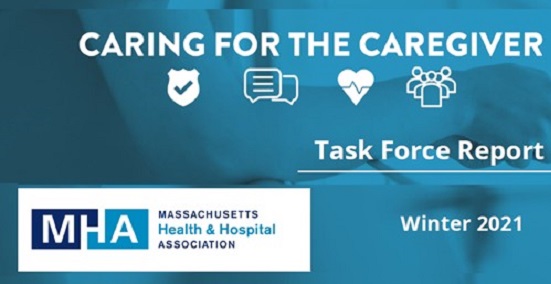
View the Task Force Report here
If you are interested in learning more about this work from task force leaders, we encourage you to check out this Caring for the Caregiver webinar.
Latest Resources:

AHA: “Expanding the Reach” Workforce Strategies Guide
New section focuses on hiring veterans, professional governance models, and academic-practice partnerships.
»Full Article
ANA & AONL: Models of Care Insight Study
The study is intended to "probe and validate the current demand for change, the support of various roles and programs, and the gap between leadership and the frontline."
»Full Article
MHA Publishes Compendium of Care Innovations & Strategies
These approaches work in tandem with broader workforce development efforts, and allow healthcare professionals to provide safe, high-quality, and empowered care.
»Full Article
AONL: Nursing Leadership Workforce Compendium
In alignment with AONL's strategic initiatives, the AONL Workforce Committee and subcommittees identified best practices and innovations to help strategize and manage the complexities of the nursing workforce.
»Full Article
AONL’s Releases Third Section of its Workforce Compendium
This section focuses on academic-practice partnerships, culture of inquiry, and total rewards.
»Full Article
MHA Launches New Workforce Toolkit
Building on the success of our Workforce Summit, MHA developed an interactive toolkit to share just a few of the best and emerging practices to address current workforce challenges.
»Full Article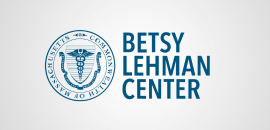
Story: Hospitals align care with new state requirements for patients with dementia
The unique safety and care needs of geriatric patients are receiving increased attention in hospitals, due in part to new state requirements for identifying patients with dementia and optimizing their care.
»Full Article
AHA Releases “Building the Team” Workforce Strategies Guide
The AHA in September 2022 released the third and final section of its workforce strategies guide designed to help hospital and health system leaders navigate workforce challenges and opportunities. Today’s section focuses on recruitment and retention, diversity and inclusion, and creative staffing models. The guide, which was informed by the AHA Board of Trustees’ Task Force on W...» Full Article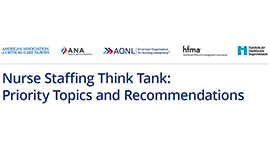
Nurse Staffing Think Tank: Priority Topics and Recommendations
The nurse staffing crisis has no simple fix. Research shows that optimized nurse staffing is integral to high-level patient care, better patient/family experiences and nurse well-being. Adequate investment in appropriate nurse staffing is also essential to a health care institution’s performance, reputation and financial viability. However, prevailing approaches to deploying nursing resources a...» Full Article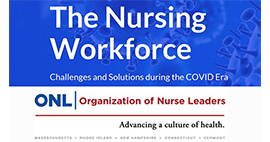
The Nursing Workforce
Due to a dynamic combination of factors within the nursing workforce including an uptick in retirements, resignations, requests to reduce hours, and competitive labor markets, healthcare organizations across the Northeast are struggling to maintain a nursing workforce that supports safe, effective patient care and an engaging, secure professional environment for staff. Read more. ...» Full Article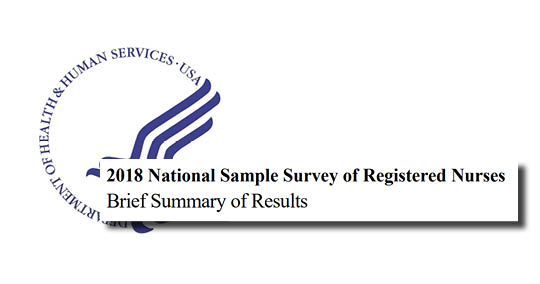
U.S. Dept. of Health and Human Services, 2018 National Sample Survey of Registered Nurses: Brief Summary of Results
The National Sample Survey of Registered Nurses (NSSRN) is the longest-running survey of registered nurses (RNs) in the United States. Considered the cornerstone of nursing workforce data, this comprehensive exploration provides a dynamic status of the RN population by revealing their demographics, educational attainment, licenses and certifications, and employment characteristics. Read more.....» Full Article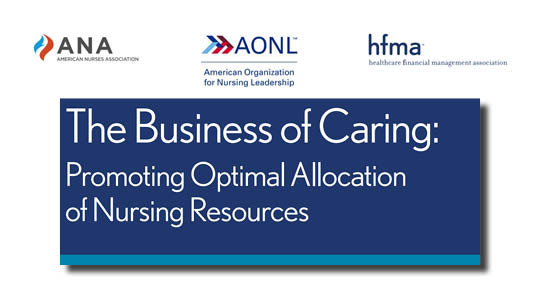
American Nurses Association; American Organization for Nurse Leadership; Healthcare Financial Management Association, The Business of Caring: Promoting Optimal Allocation of Nursing Resources
This document explores the evolution from conventional, quasi-adversarial nursing/finance working relationships to the patients-first interprofessional collaboration that is a reality for nursing and finance leaders at some health care organizations and aspirational for others. Read more... ...» Full Article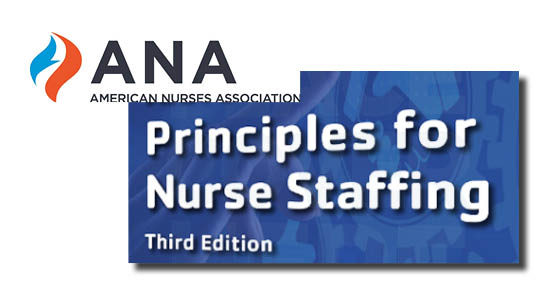
American Nurses Association, ANA’s Principles for Nurse Staffing, 3rd Edition
ANA's Principles for Nurse Staffing, 3rd Edition will guide nurses and other decision-makers in identifying and developing the processes and policies needed to improve nurse staffing at every practice level and in any practice setting. Read more... ...» Full Article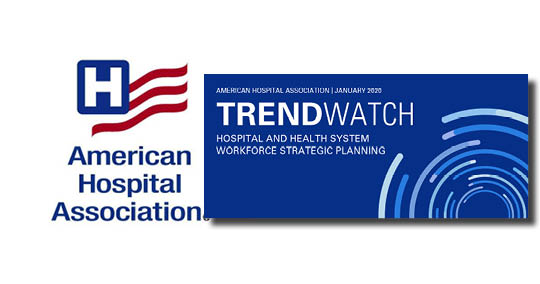
American Hospital Association, Trend Watch: Hospital and Health System Workforce Strategic Planning
TrendWatch is intended to highlight emerging trends in workforce, as well as outline key strategies and tools to embrace new opportunities and address challenges. Although there are challenges, there also are opportunities to improve care, motivate and re-skill staff, and modernize processes and business models that reflect the shift toward providing the right care, at the right time, in the righ...» Full Article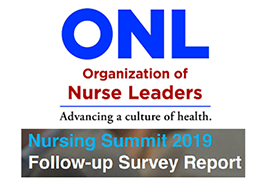
Organization of Nurse Leaders, Nursing Summit 2019 Follow-up Survey Report
In January 2019, ONL, together with nine other professional nursing organizations led a first-of-its-kind Nursing Summit in central Massachusetts that brought together 380 Registered Nurses to hear their concerns and feedback and enhance trust among nurses. With a robust amount of data from the Nursing Summit, ONL sought to gain further understanding and insight from Nursing Summit participants b...» Full Article
MHA Releases Comprehensive Report on the Massachusetts Healthcare Workforce
There are an estimated 19,000 full-time job vacancies across Massachusetts hospitals, which has led to the closure of hospital beds and services, steep financial losses for facilities, and access challenges for patients.
»Full ArticleTranslate »
